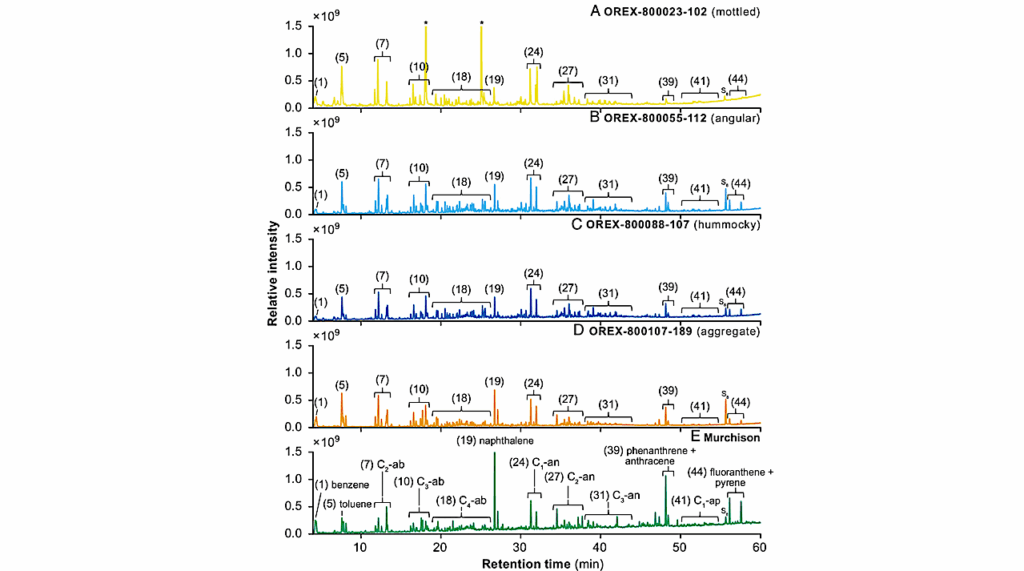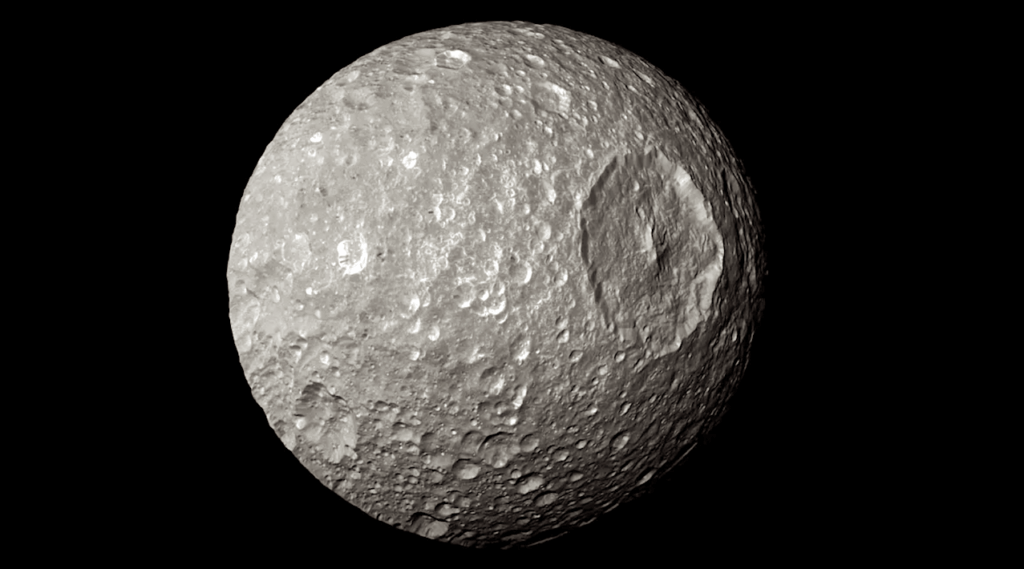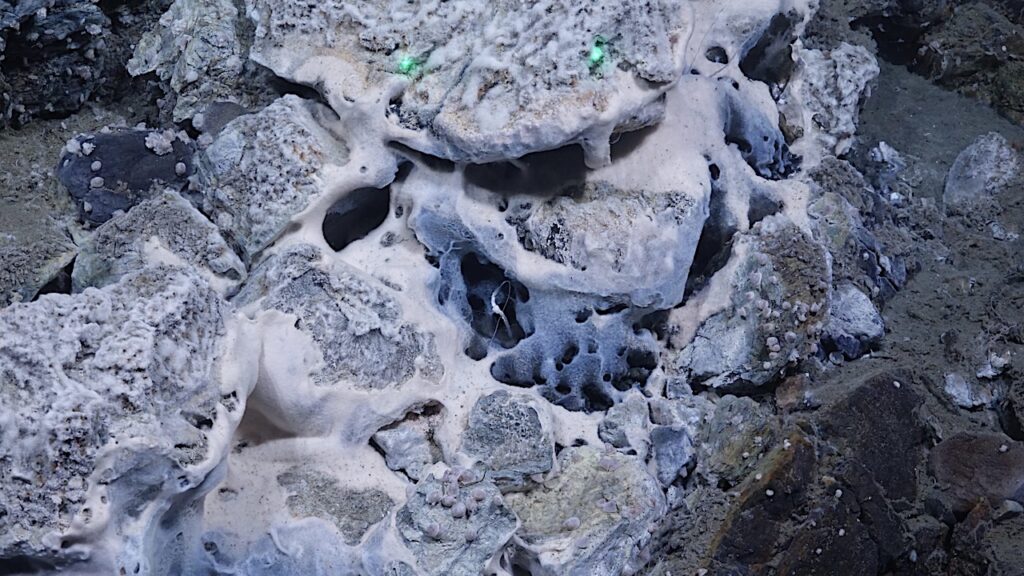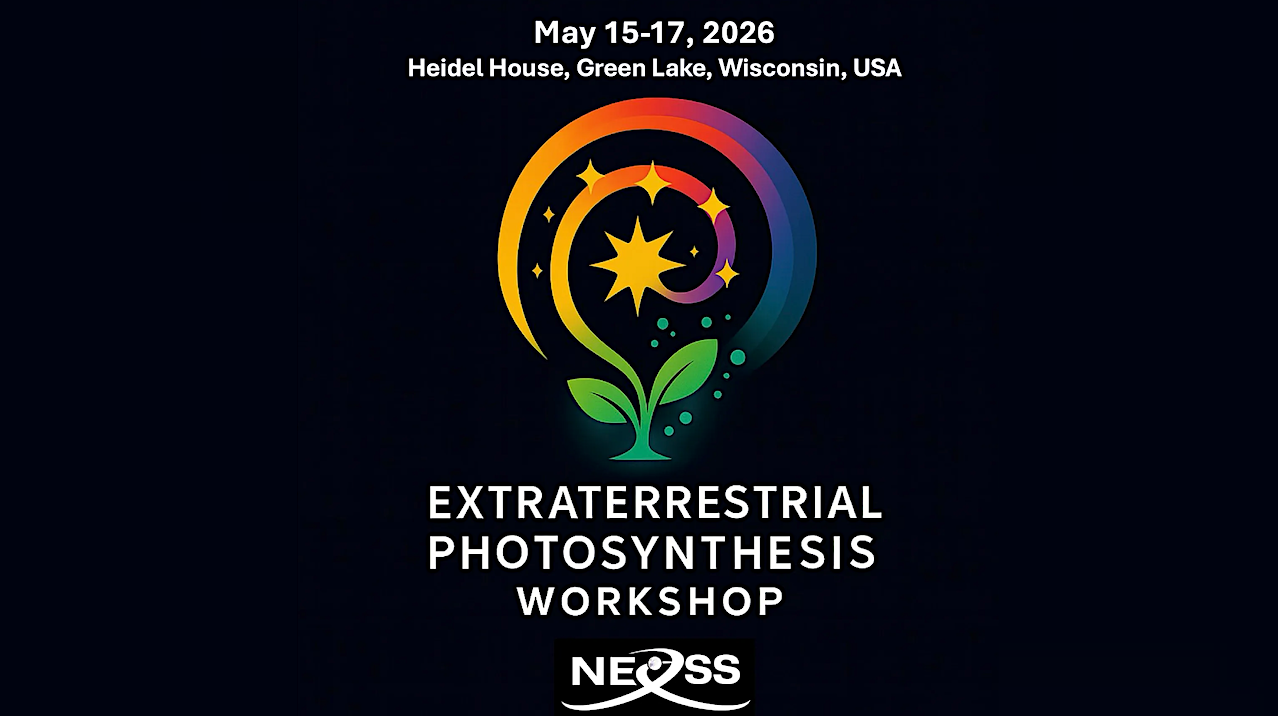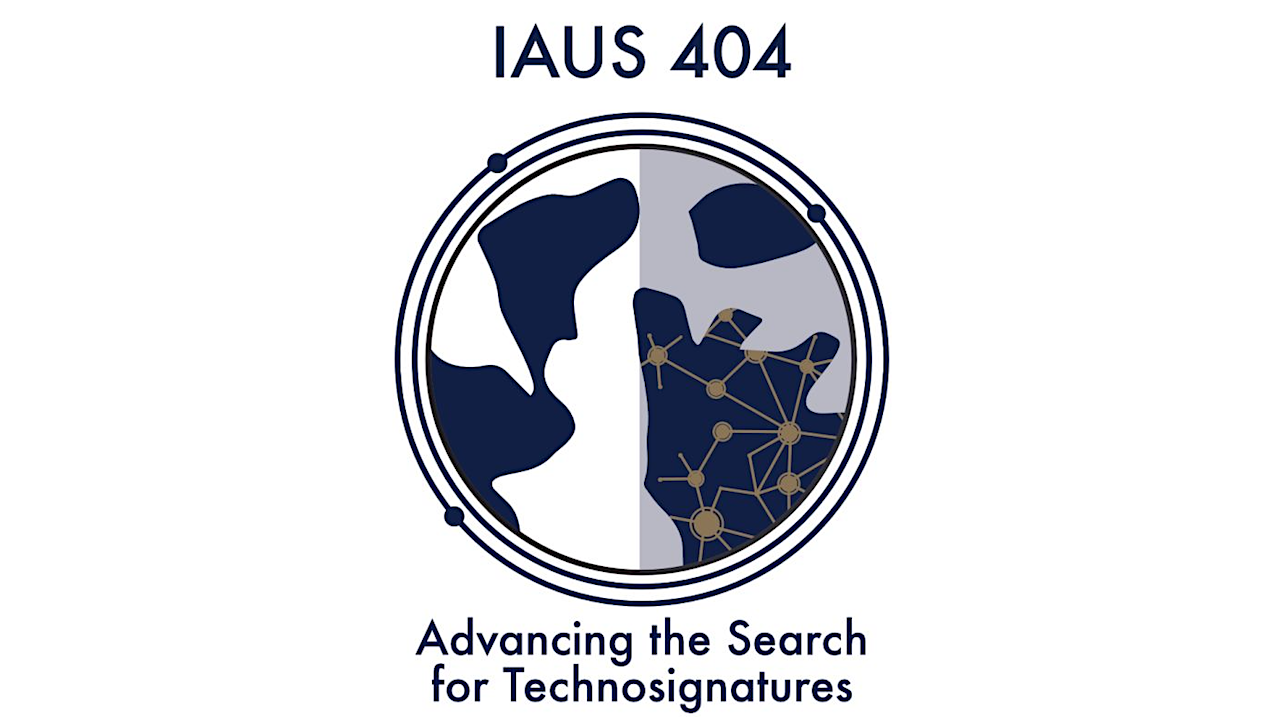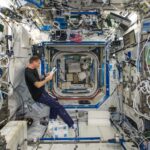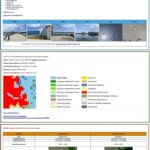Now Reading: Super Fungi Survive Extreme Mars-like Environments
-
01
Super Fungi Survive Extreme Mars-like Environments
Super Fungi Survive Extreme Mars-like Environments
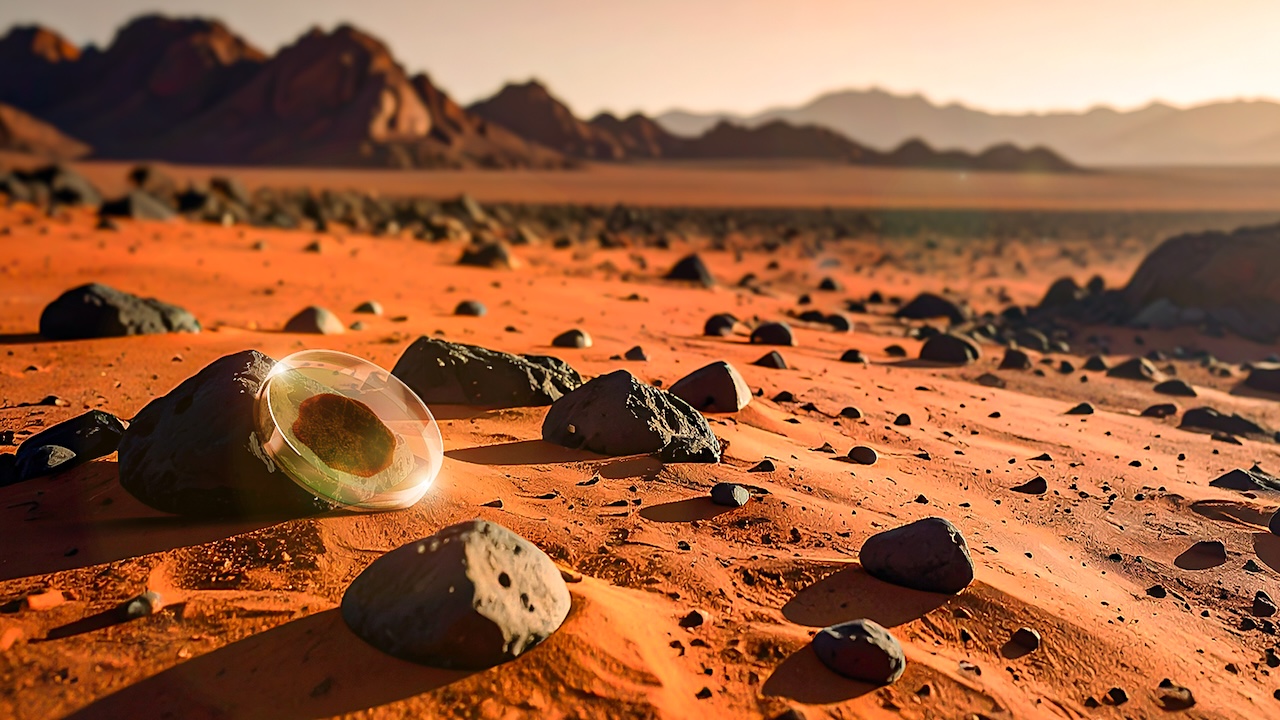

Under simulated Mars-like conditions, black fungus shows how life could endure harsh extraterrestrial environments. © 2025 KAUST.
People have long been intrigued by the possibility of life beyond Earth and how it might endure in extraterrestrial environments. There is no confirmed evidence of extraterrestrial life, not even on the planetary neighbor Mars. However, an international project led by KAUST’s Alexandre Rosado demonstrates how a particular type of black fungus, known to tolerate highly acidic conditions on Earth, could survive and even thrive in Mars-like environments [1].
“With the current advancement of space missions to Mars, both orbital and robotic, we are closer than ever to answering whether there was, or is, biological activity on the Red Planet,” says Alef Santos, who worked on the project as a visiting Ph.D. student in Rosado’s lab, together with Junia Schultz and co-workers. “Understanding the limits of life in extreme environments on Earth is a crucial step toward interpreting biosignatures beyond our planet. Extremophilic microorganisms that survive and thrive in hostile environments offer valuable natural models for how extraterrestrial life might adapt.”
The team chooses to study the black fungus Rhinocladiella similis based on genomic analyses and previous experimental evidence suggesting that the fungus possesses a robust genetic toolkit capable of withstanding multiple environmental stressors. They are particularly interested in how R. similis might survive in perchlorate salt brines, which are hypothesized to exist intermittently on Mars, along with other environmental factors, including intense UV-C radiation.
At KAUST, the researchers replicate a Mars-like environment in the lab by growing R. similis in a magnesium perchlorate solution under UV-C radiation. They also grow the same fungus under UV-C only. Analysis of the metabolic and proteomic responses of R. similis to magnesium perchlorate shows it exhibits morphological and behavioral changes compared to growth under UV-C alone. These changes include producing protective pigments like melanin and activating proteins associated with stress response and cellular stability.
“That a eukaryotic microorganism, such as a melanized fungus, can maintain activity in a magnesium perchlorate solution — a strong oxidizing agent — is highly relevant when considering the habitability of transient brine systems on Mars,” says Schultz. “Projects like this help refine the search for biosignatures by suggesting metabolic or structural traits that could indicate the presence of life, past or present, on other planets.”
Potential applications of these results extend beyond the search for extraterrestrial life. Schultz adds: “The study provides a proof of concept for space biomanufacturing: the use of microbial systems to produce pigments, enzymes, or other compounds under extraterrestrial conditions. For instance, fungal melanin could be studied for its radiation-shielding properties.”
On Earth, applications abound in bioremediation, helping to detoxify polluted environments, especially in arid and semi-arid regions where perchlorate accumulation is a growing concern. Fungi like R. similis could be used in biotechnological innovations, including the development of enzymes for industrial processes that require high tolerance to salinity or oxidative stress, such as wastewater treatment.
“This research also holds strategic importance for Saudi Arabia and the broader Middle East — a region characterized by extreme environments that can serve as terrestrial analogs for Mars,” says Rosado. “Saudi Arabia is uniquely positioned to lead in astrobiological research grounded in local biodiversity. Understanding extremophiles such as R. similis helps us expand the conceptual boundaries of habitability.”
dos Santos, A. Schultz, J., Souza, F.O., Ribeiro, L.R., Braga, T.V., Pilau, E.J., Rodrigues-Filho, E., & Rosado, A.S. Survival strategies of Rhinocladiella similis in perchlorate-rich Mars like environments. npj Microgravity 11:18 (2025)| article. (open access)
Astrobiology,
Stay Informed With the Latest & Most Important News
Previous Post
Next Post
-
 012024 in Review: Highlights from NASA in Silicon Valley
012024 in Review: Highlights from NASA in Silicon Valley -
 02Panasonic Leica Summilux DG 15mm f/1.7 ASPH review
02Panasonic Leica Summilux DG 15mm f/1.7 ASPH review -
 03How New NASA, India Earth Satellite NISAR Will See Earth
03How New NASA, India Earth Satellite NISAR Will See Earth -
 04And Thus Begins A New Year For Life On Earth
04And Thus Begins A New Year For Life On Earth -
 05Astronomy Activation Ambassadors: A New Era
05Astronomy Activation Ambassadors: A New Era -
06SpaceX launch surge helps set new global launch record in 2024
-
 07Space Force plans new ‘Futures Command’ amid pressure to speed up modernization
07Space Force plans new ‘Futures Command’ amid pressure to speed up modernization












